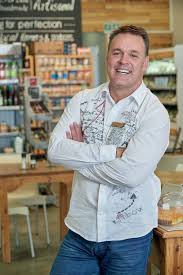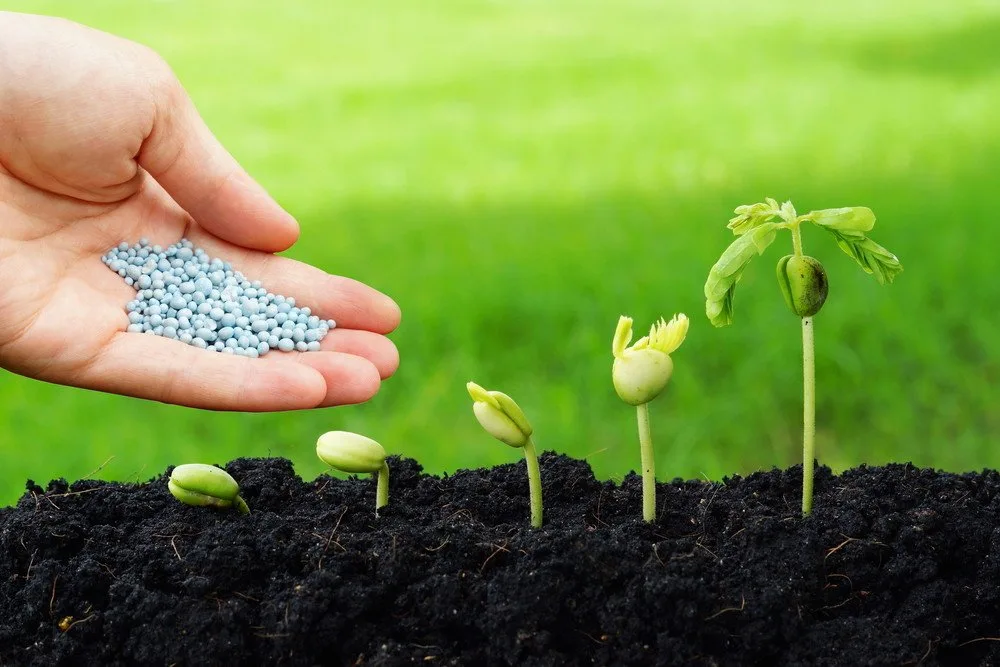The trends and new bits of health advice bombarding us daily can be quite daunting, even for the most well-read. For example, the awareness of pesticides – more specifically, glyphosate – has increased over the last two years. But staples like corn, also known as maize, are a GMO crop, and the use of pesticides is not monitored or prevented at all in a lot of countries. Going pesticide-free and GMO-free is the way forward, but traceability of food back to farms will always be the question. How will customers really ever know what they eat? This is where regenerative farming comes in. This method can help to solve our problem. It is critical to our future and needs to be understood.
It’s all about mitigating our risk by knowing as much about the food we eat as we can
Regenerative farming puts nutrients back into the soil. It also enables healthy plants and produce, which in turn creates nutrient-dense food (food today is often 10 times less nutrient-dense than it was 50 years ago). Lastly, regenerative farming prevents climate change.
It’s simply all about education – getting both sides of any story, but ending up with the facts. By choosing a farmer who is doing the right thing, supplying nutrient-dense, chemical-free food from a farm that follows the regenerative method, customers won’t need to question whether something is organic or not, as they will have access to each farmer’s story and methods.
We need to seriously question whether our current food and farming systems are making us unwell. To combat stress and chronic illness, humans need access to the best “fuel” for optimum performance, longevity, and happiness. Side-effects of food that is processed mechanically and chemically, filling you, but not feeding you, are a decrease in cognitive ability and an increase in mental health issues. The next generation will need all the cognitive power it can get to navigate the many challenges facing the planet.
Customers are increasingly seeking a transparent relationship with the stores from which they buy. They are also doing blood and saliva tests to better understand their biochemistry or the current state of their body, so they can optimize and balance their food intake and choose the supplements they need.
Customers are realizing that one type of diet or lifestyle choice may not be the answer.

Photo by Andy Kelly on Unsplash
Much like a grass-fed, outdoor-reared cow chooses the types of grass she needs to sustain herself, and this choice changes almost daily, so, too, do we need to help our bodies get back to a natural balance or homeostasis?
More kale and leafy greens, along with beetroot, ginger, turmeric, and garlic, are being included in diets than ever before. And the move to shop and cook for ourselves is on the rise, ensuring we know exactly what our family is consuming.
The most important component of health today is a focus on the gut or good tummy bacteria. Customers understand how important it is to keep the walls of their intestines healthy, to absorb and process their food correctly. Customers are also becoming aware of what affects their stomachs and interferes with their fecal movements. Self-study of fecal matter is a new part of basic health monitoring.
Customers are also realizing that many food intolerances are clear signals that their gut needs attention. Probiotics, fermented foods, and drinks, rather than supplements, are at the forefront of maintaining human gut health.
So, in a nutshell, buy from a farmer who cares about you and our planet by how he or she farms.
Understand your own body’s differences with respect to foods, supplements, minerals, and vitamins. The future of sustainable food production and farming has to change, for the sake of our health and well-being, and that of our planet.
Who is the author?
 Gary Jackson is the founder of Jackson’s Real Food Market and an advocate of regenerative farming and the real food movement.
Gary Jackson is the founder of Jackson’s Real Food Market and an advocate of regenerative farming and the real food movement.
Learn more about different ways to eat that can help your own health and that of the planet.
The vegan versus omnivore debate has led to all kinds of exciting new launches by restaurants and supermarkets. From grass-fed beef to dairy-free alternatives including cheese, milk, and ice cream. There are all kinds of ‘greener’ meat alternatives. Ranging from Quorn or soy mince and chicken style pieces to ‘next generation’ meat imitating burgers and steaks. But are these greener options for the environment? That’s the debate we should be having when it comes to a vegan versus omnivore debate. If you’re making everything by hand from scratch, you’re doing okay. But it’s when we find ourselves constantly buying the heavily processed and mass-produced vegan or vegetarian options that the problem creeps in. So what’s the best option? Click on this link to find out.



![women [longevity live]](https://longevitylive.com/wp-content/uploads/2020/01/photo-of-women-walking-down-the-street-1116984-100x100.jpg)










